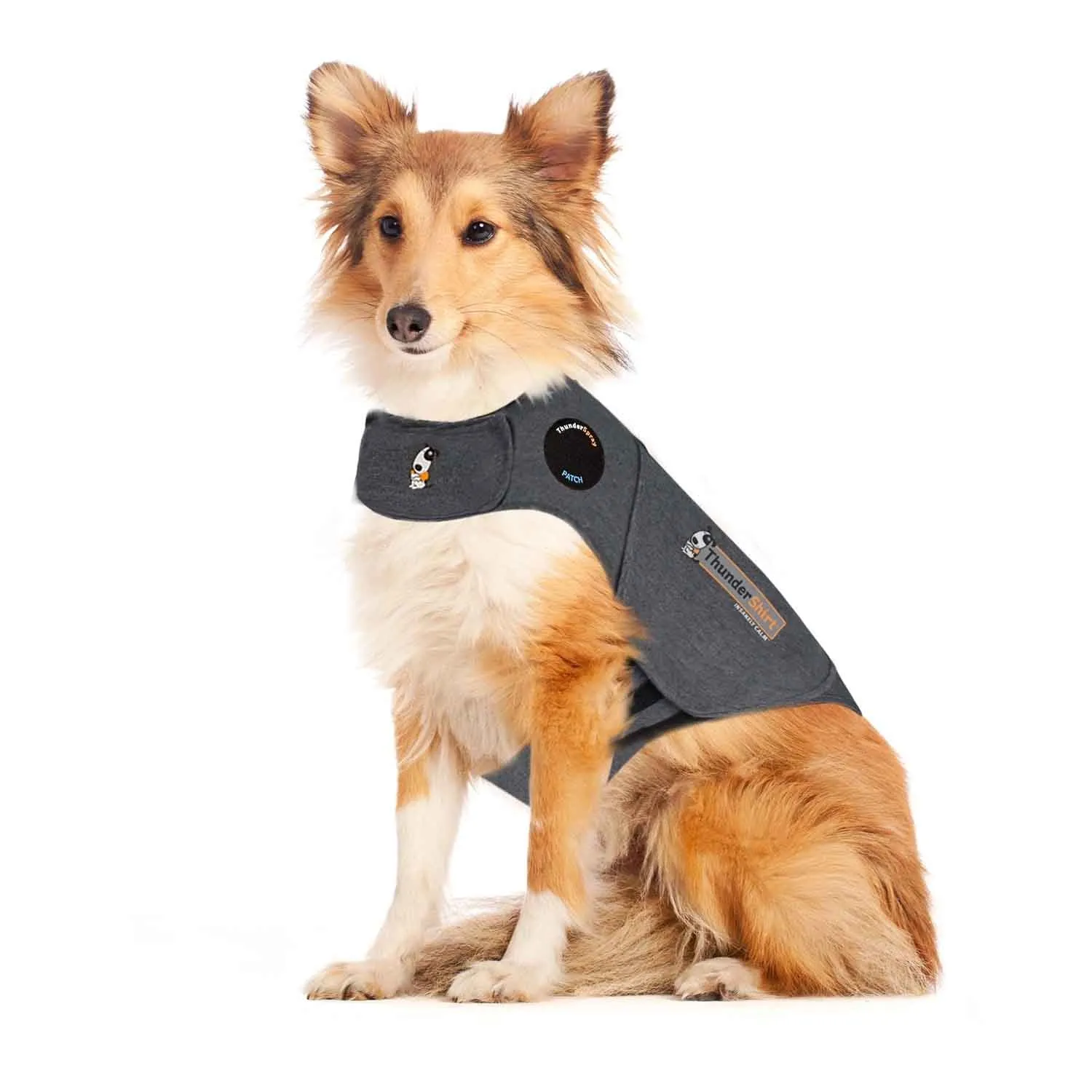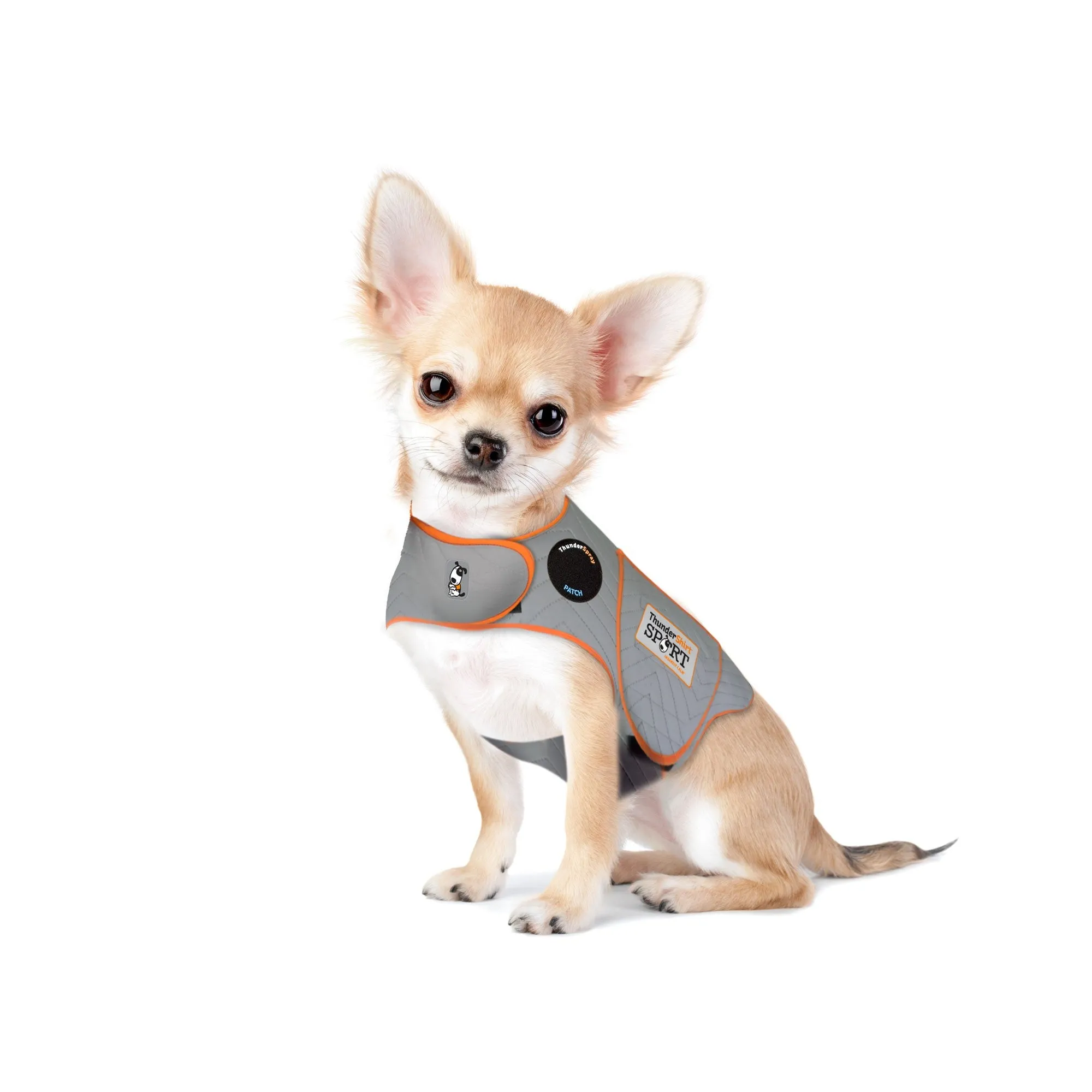Witnessing your beloved dog stressed or anxious can be heartbreaking. Whether it’s thunder, fireworks, separation anxiety, or vet visits, many dogs experience fear and unease. Fortunately, solutions exist to help soothe their frayed nerves, and a Calming Collar is one such innovative approach. These collars offer a discreet and drug-free way to help your dog feel more secure, promoting a sense of well-being that benefits both pet and owner. Understanding how they work and when to use them can significantly improve your dog’s quality of life.
Understanding Dog Anxiety and Its Triggers
Dog anxiety is a common behavioral issue that can manifest in various ways, from excessive barking and destructive chewing to trembling, panting, and even aggression. Understanding the root causes is the first step towards finding effective solutions. Common triggers include separation from owners, loud noises like thunderstorms or fireworks, changes in routine or environment, fear of strangers, and past traumatic experiences. Recognizing these signs and triggers is crucial for addressing your dog’s anxiety effectively and determining if a calming aid, such as a calming collar, could be beneficial.
Beyond collars, other aids like a puppy toy with heartbeat and warmth can provide comfort to young dogs adjusting to new environments. A holistic approach often yields the best results, combining behavioral training with suitable calming products.
What is a Calming Collar and How Does It Work?
A calming collar is a specialized collar designed to help alleviate stress and anxiety in dogs by releasing soothing agents over an extended period. Unlike traditional training collars, their purpose is not corrective but therapeutic. The main types typically rely on pheromones or natural essential oils to deliver their calming effects. They work by mimicking natural calming signals or providing aromatherapy that helps your dog relax without sedation.
 A happy dog wearing a Heather Gray Classic ThunderShirt, which acts as a calming wrap
A happy dog wearing a Heather Gray Classic ThunderShirt, which acts as a calming wrap
Pheromone Calming Collars
Pheromone calming collars utilize a synthetic version of the Dog Appeasing Pheromone (DAP), also known as Adaptil. This pheromone is naturally secreted by mother dogs after giving birth to calm and reassure their puppies. When released from the collar, the synthetic DAP is undetectable to humans but provides a continuous, subtle signal to dogs that helps them feel safe and secure in various stressful situations. These collars are clinically proven to reduce signs of anxiety, making them a popular choice for generalized anxiety, travel, or new environments.
Herbal Calming Collars
Herbal calming collars are infused with natural ingredients known for their anxiolytic properties. Common ingredients include lavender, chamomile, and valerian root. These botanicals release a gentle aroma that can have a calming effect on a dog’s nervous system through aromatherapy. While generally safe, it’s always advisable to check the specific ingredients and consult with your veterinarian before using any herbal product, especially if your dog has allergies or sensitivities. These collars offer a natural alternative for owners seeking non-pharmacological methods to manage their pet’s stress.
When to Consider a Calming Collar for Your Dog
Calming collars can be effective for a range of anxiety-related issues. They are particularly useful for:
- Separation Anxiety: Helping dogs cope when left alone.
- Fear of Loud Noises: Thunderstorms, fireworks, or loud construction.
- Travel Anxiety: Making car rides or vet visits less stressful.
- Socialization Issues: Reducing fear around new people or other animals.
- Environmental Changes: Adjusting to a new home, new pet, or baby.
- During Training: To help maintain focus and reduce general nervousness.
It’s important to note that while calming collars can be a valuable tool, they are often most effective when used as part of a broader anxiety management plan that may include behavioral modification training, a consistent routine, and a safe environment. Products like citronella spray for dogs might address specific behavioral issues like excessive barking, but a calming collar tackles the underlying anxiety.
Choosing the Right Calming Collar
Selecting the best calming collar for your dog involves considering a few factors:
- Size and Fit: Ensure the collar fits comfortably and securely, allowing two fingers to slip underneath. Incorrect sizing can be ineffective or uncomfortable.
- Type: Decide between a pheromone-based or herbal-based collar based on your dog’s specific needs and your preferences. Pheromone collars are often recommended for scientifically backed efficacy, while herbal options appeal to those seeking natural remedies.
- Duration of Effect: Most collars last for several weeks (typically 30 days) before needing replacement. Check the product specifications for their longevity.
- Brand Reputation and Reviews: Research reputable brands and read reviews from other dog owners. Consulting your veterinarian for recommendations is always a good idea. They can provide personalized advice based on your dog’s health history and specific anxiety triggers.
 A dog wearing a Platinum Sport calming wrap for anxiety relief
A dog wearing a Platinum Sport calming wrap for anxiety relief
Complementary Calming Techniques
While a calming collar can provide significant relief, integrating it with other calming strategies can maximize its effectiveness. Many owners find success by combining different methods. For example, a french bulldog puppy supply list often includes items like comfort toys and a crate, which can provide a secure den for anxious puppies.
Consider these additional approaches:
- ThunderShirt or Anxiety Wraps: Similar to a calming collar in purpose, a ThunderShirt applies gentle, constant pressure, much like swaddling a baby. This pressure has a remarkable calming effect on many dogs, especially during thunderstorms or fireworks.
- Behavioral Training: Working with a professional dog trainer or veterinary behaviorist can help identify specific triggers and implement counter-conditioning or desensitization techniques.
- Safe Space: Provide your dog with a quiet, comfortable “den” where they can retreat when feeling anxious. This could be a crate covered with a blanket or a dedicated room.
- Regular Exercise: Physical activity can help reduce excess energy and release endorphins, naturally promoting relaxation.
- Mental Stimulation: Puzzle toys and regular training sessions can keep your dog’s mind engaged, reducing boredom and anxiety.
- Veterinary Consultation: Always consult your vet to rule out any underlying medical conditions contributing to anxiety and to discuss the most appropriate treatment plan, which might include prescription medication in severe cases.
Investing in your pet’s well-being is a top priority, and finding the right calming solution, whether it’s a calming collar or a combination of methods, is key. Explore our wide range of products at cats and dogs shop online for more options.
 A small dog wearing a bright Fuchsia Sport calming wrap, providing comfort
A small dog wearing a bright Fuchsia Sport calming wrap, providing comfort
Conclusion
A calming collar can be a simple yet effective tool for managing anxiety in dogs, offering a continuous source of comfort through pheromones or natural scents. By understanding the different types, knowing when to use them, and choosing the right one for your furry friend, you can significantly help them navigate stressful situations with greater ease. Remember that a holistic approach, often combining a calming collar with behavioral training and a supportive environment, provides the best chance for a happy, relaxed dog. Always consult your veterinarian to ensure the chosen method is appropriate for your dog’s specific needs. Empower your dog with the peace of mind they deserve, turning anxious moments into opportunities for calm.
 A medium-sized dog in a stylish Blue Polo ThunderShirt, designed to reduce stress
A medium-sized dog in a stylish Blue Polo ThunderShirt, designed to reduce stress
References
- American Veterinary Medical Association (AVMA). Anxiety in Dogs: Causes, Symptoms, and Treatment Options.
- PetMD. Dog Calming Collars: Do They Work?
- The Kennel Club. Dealing with Dog Anxiety and Stress.
